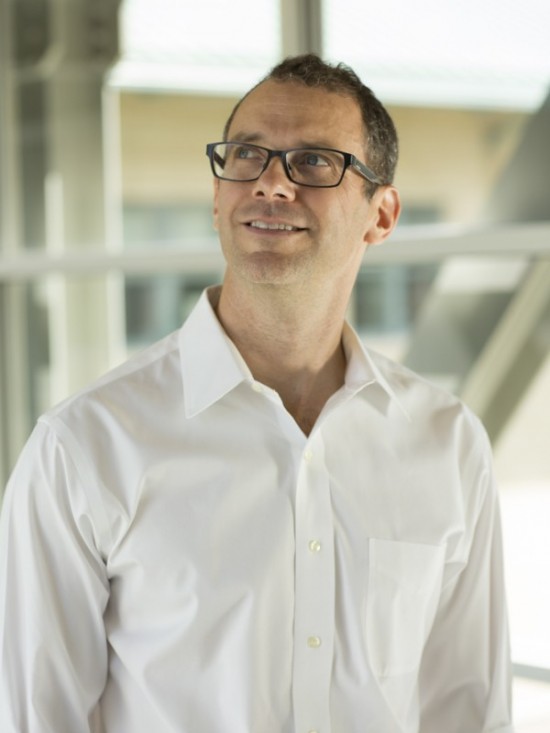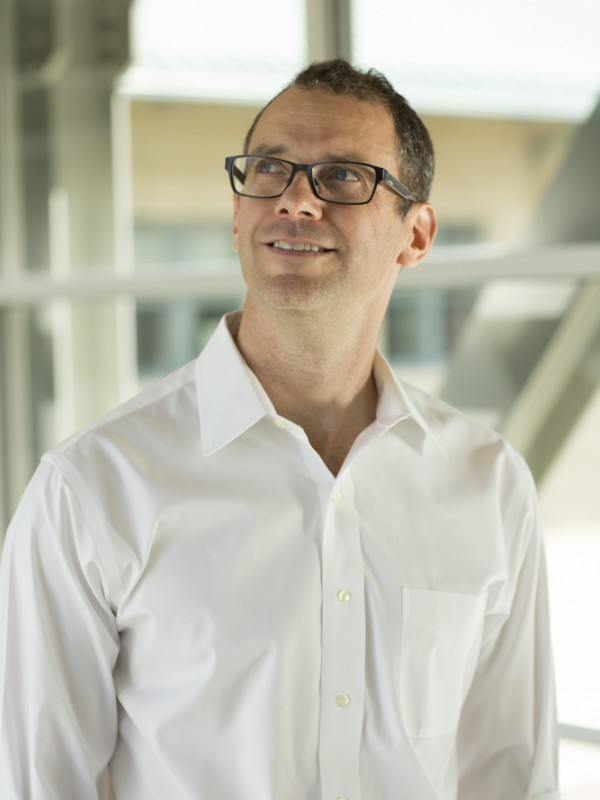Climate Change / Battery Technology
Inside the Fall, and Rebirth, of a Bill Gates–Backed Battery Startup
A China Titans affiliate bought the bankrupt storage startup Aquion and plans to sell its batteries directly to big grid operators.



Aquion Energy’s abrupt bankruptcy filing in March left industry observers wondering what went so wrong, so quickly at the promising grid-battery startup. But now that the company has emerged from Chapter 11, founder Jay Whitacre is finally free to discuss what happened behind the scenes, and what comes next.
In an exclusive interview with MIT Technology Review, Whitacre said the rebooted Aquion is a very different company, and one better positioned to succeed in the brutal storage business (see “Why Bad Things Happen to Clean-Energy Startups”).
In a bankruptcy auction last month, the company was acquired by “a majority-American joint venture” that is closely affiliated with China Titans Energy Technology Group, a publicly traded investment holding company focused on grid technology. The new parent company brings along financial heft, manufacturing expertise, and direct connections to big energy operations in China, addressing crucial challenges Aquion faced trying to go it alone, Whitacre said.
Aquion drew early attention for developing a relatively inexpensive battery for grids and microgrids, promising to make it cheaper and easier to integrate renewable energy sources like wind and solar. The company initially said it expected to manufacture batteries for less than $300 per kilowatt-hour of capacity, using technology that paired a saltwater electrolyte with a manganese oxide cathode and a carbon-based anode (see “Battery to Take On Diesel and Natural Gas”). The company eventually raised nearly $200 million from Bill Gates, Kleiner Perkins, Shell, and other investors. Last year, MIT Technology Review ranked it number five on its list of 50 Smartest Companies.
But according to Whitacre, an engineering professor at Carnegie Mellon and a former NASA battery engineer, the company soon faced a series of business challenges. The technology worked as promised, and revenue was slowly growing as the company struck deals with mostly small grid operators. But it was burning too much capital as it tried up to ramp up materials production and manufacturing. The company needed more money, more often, than venture capitalists are generally willing to provide.
A related challenge, as MIT Technology Review highlighted in June, was the rapidly falling price for competing lithium-ion batteries, which crossed Aquion’s promised threshold of $300 per kilowatt-hour last year. Whitacre and some other researchers are skeptical that current prices reflect real costs, arguing that big battery manufactures are probably offering significant discounts as they duke it out for market share. His own past research also concluded that the technology faces hard limits on how much cheaper it can get without significant technological advances. In addition, many researchers believe lithium-ion technology simply isn’t ideal for grid-scale storage, because limited life cycles significantly raise lifetime costs.
But none of those factors mattered much to potential investors staring at the plummeting prices of Aquion’s competitors.
“That just increases the perception of the risk,” Whitacre said, noting that investors began to ask themselves: “Why am I investing in a company that’s not fully scaled, when these other companies—that are—are also selling at a similar price point?”
Given these challenges, by last winter the company concluded it needed to find a buyer—and ideally a big one.
“The right exit for us was an acquisition by a multinational company that had a vested interest in growing our technology and putting it into their product line or as an offering in their systems,” he said.
But before the company could close any deals, its deteriorating financial situation forced it into bankruptcy. In the process, Aquion ceased factory operations and laid off more than 100 employees, which sparked a lawsuit that claimed workers weren’t given adequate notice.
The company spent several months restructuring, shedding some of its debt and otherwise creating a “clean slate” for an acquisition. At the auction last month, a joint venture, Juline-Titans, ultimately beat out three other interested parties, with a $9.2 million bid.
“They’re really interested in making this a real thing, and making the company a stronger whole,” Whitacre said.
Aquion’s experience parallels that of A123, an MIT battery spinout that was pulled out of bankruptcy through an asset acquisition by the Chinese auto parts manufacturer Wanxiang Group, over the objections of some U.S. politicians concerned about the transfer of federally supported intellectual capital (see “A123’s China Deal Is the Latest Energy Controversy”). The comparative willingness of Chinese companies, or their affiliates, to provide the growth capital that could push promising technologies to manufacturing scale also raises concerns about the long-term industry leadership of the United States, where there are famously wide gaps in markets for clean-energy funding.
Aquion will continue operating as an independent entity, with research and development probably remaining in Pittsburgh. But manufacturing may move elsewhere, potentially somewhere in China. Whitacre says he is currently acting as an advisor to the company, but his ongoing role has yet to be determined.
The new backers intend to invest tens of millions more to put the company back on track, reestablishing the supply chain and setting up manufacturing over the course of at least the next six months, Whitacre said. But once that happens, the product will have a more direct and clear business path. Aquion’s original sales strategy was to go after niche markets, supplying batteries to small grid operators and renewable projects, mainly in developing countries. But now it will be able to sell directly to big grid operations in China, providing a “huge advantage.”
“They can insert our batteries into their product stream that’s already … helping to integrate renewables,” he said.
Whitacre remains confident that the saltwater batteries themselves are a promising solution for grid storage. Now that the technology has steady financial backing and an entrée to large customers, he believes it can bend cost curves faster than lithium-ion can in the years ahead.
“It’s got the fundamentals,” he said. “The trajectory isn’t rocket science. You just have to execute.”